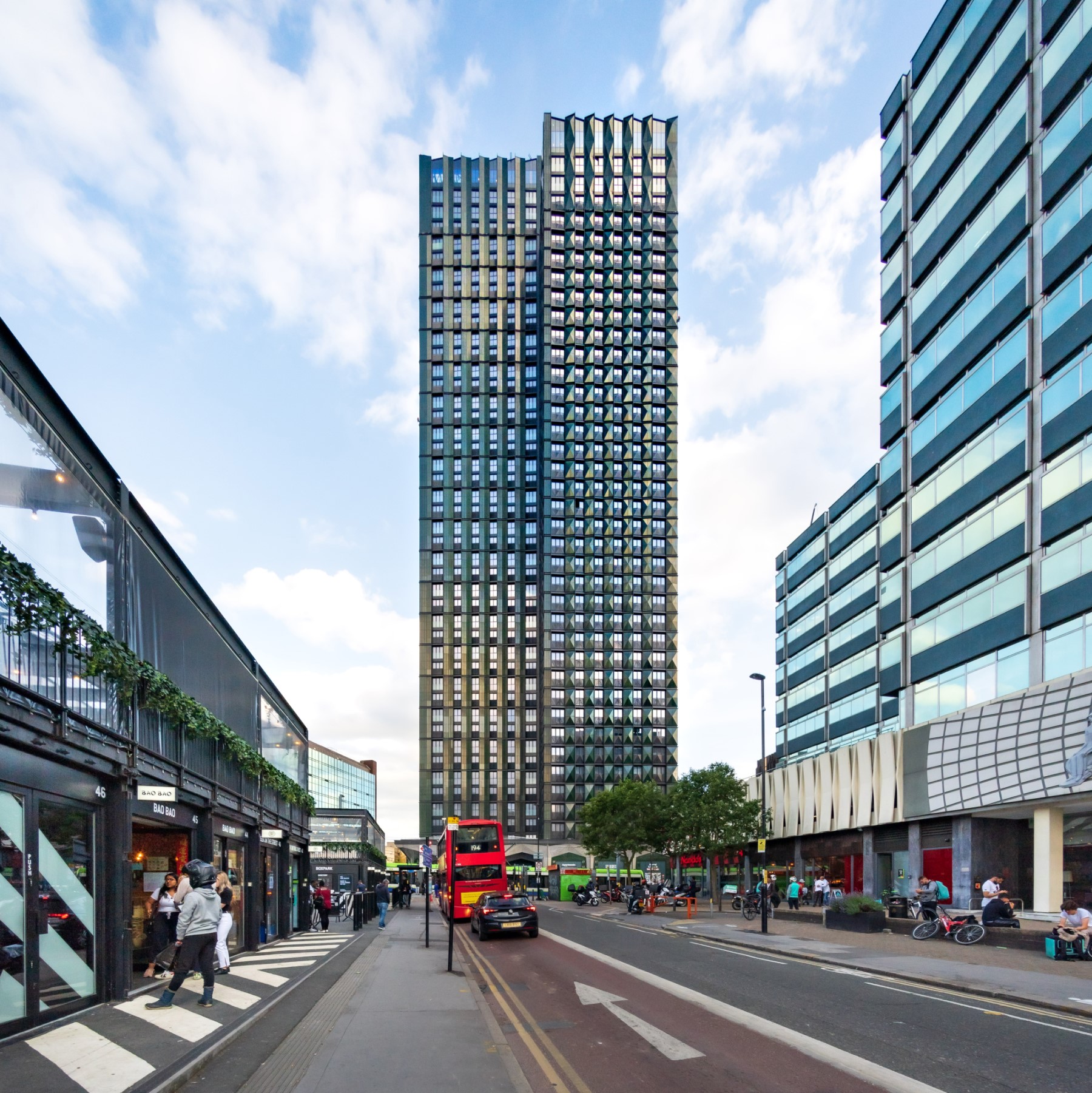A Modular Future – How to answer the Net-Zero challenge

Forget inflation, forget the economy, in the next 5 years Climate Change and Net-Zero are the biggest challenges facing the housing sector.
In 2019, the government committed to reducing carbon dioxide emissions by 78% (from 1990s levels) by 2035, and it has pledged for us to be net zero on emissions by 2050. With 40% of global CO2 emissions coming from real estate, and 40% of the UK’s total energy use going to heat the impact on the sector will be nothing short of transformational.
In the housing sector we face challenges in paring this all back. Firstly, we need our homes to be much more energy efficient. The UK has called been called the ‘Cold Man of Europe’ because of its older, draughty, tough-to-heat houses. An issue which becomes even more pressing with the cost-of-living crisis pushing energy prices to unprecedented highs.
It is often perceived that combatting climate change, meeting the net zero requirements and reducing energy bills are at odds with increasing the supply of new housing. And it is true that closing the gap between current standards and the performance pose a significant challenge for the traditional, ‘brick and mortar’ housebuilding approach.
Innovative, factory-built, precision-engineered modular housing offers a solution to this problem. Factory engineering means modular homes can be built to consistently high standards and, lower cost at speed and delivered to sites with hugely reduced disruption. They are the greenest new homes being built at scale in the UK – green to build, green to live in. They are built with up to 97% less embodied carbon. Cost 20% less to heat, use 30% less energy and can be built in just 12 weeks.
Make Modular’s members have already been experimenting with ways to improve energy efficiency. Over £1bn of private investment from the likes of L&G, Goldman Sachs, and TDR Capital has flowed into the sector over the last five years. This has supported multi-million-pound R&D programmes that have allowed developers to create homes which can efficiently leverage the latest technology to cut emissions substantially. The homes built by our members can comfortably exceed traditional builders in terms of EPC ratings.
L&G Modular have recently gone live with a new wave of EPC A homes. While as reported recently in several national newspapers, Ilke Homes, has partnered with the energy firm Octopus Energy to produce the UK’s first zero-bill homes. The technology will include air source heat pumps, solar panels and battery storage, which will allow households to save over £2,000 a year on energy costs and significantly lower emissions. Ilke has said it wants to deliver 10,000 zero-bill homes by 2030.
Cutting emissions and increasing energy efficiency are two parts of the net zero equation. So is cutting down on embodied carbon – the carbon dioxide emissions associated with construction and materials used across the life cycle of a house, including its eventual demolition.
The United Nations has shown that embodied carbon accounts for over 10% of total global greenhouse emissions and Chatham House has revealed that that cement alone makes up for 8% of emitted CO2. Cutting back on embodied carbon is therefore a key component of decarbonisation.
Once again, as we await government policy on this, industry is having to take its own steps. The ‘Part Z’ proposals by a consortium of builders advocate for whole-life assessment of embodied carbon to be included in the design process. A recent report commissioned by the law firm Osborne Clarke showed that low-carbon cement and concrete alternatives were among the top decarbonising tools for cities. Gradually, builders are finding ways to reduce the carbon embodied in the homes they make.
This is welcome, but modular are leading the way in delivering homes with hugely reduced embodied carbon. Earlier this month, Vision Modular Systems announced the results of a study it commissioned from academics at the University of Cambridge and Edinburgh Napier University. They found that two of Vision’s award winning modular high-rise developments in London (George Street in Croydon and Valentine in Gants Hill, with a combined 879 homes) represented 41% and 45% embodied carbon savings compared with like-for-like developments that used traditional methods and reinforced concrete.
The study showed that 28,000 tonnes of embodied emissions were saved because of modular methods – the equivalent to the CO2 absorbed by 1.3 million trees each year.
As the industry continues to grow and innovate, it is expected that further savings will be possible. Providers like TopHat, the UK’s first zero-carbon embodied carbon homebuilder, have homes with 1/27th of the embedded carbon of a traditional home.
Modular output has grown five-fold on 2016. The nearly £1bn of investment that has flowed into modular housing since then has put the capacity in place to deliver more than 20,000 new modular homes per annum by 2025 and it is on the brink of a step change to greater scale as the benefits of the sector – not least in terms of decarbonisation – are increasingly understood.
It is increasingly clear that if you want to address the challenges of Net-Zero and the energy price crisis you need to be thinking and building modular.
Website Make UK Modular | Make UK
Book for your ticket for Housing 2022 now.
© HOUSING - OCEAN MEDIA GROUP LIMITED, Suite 6.04, Exchange Tower, 6th Floor 1 Harbour Exchange Square, LONDON E14 9GE | TEL:020 7772 8407